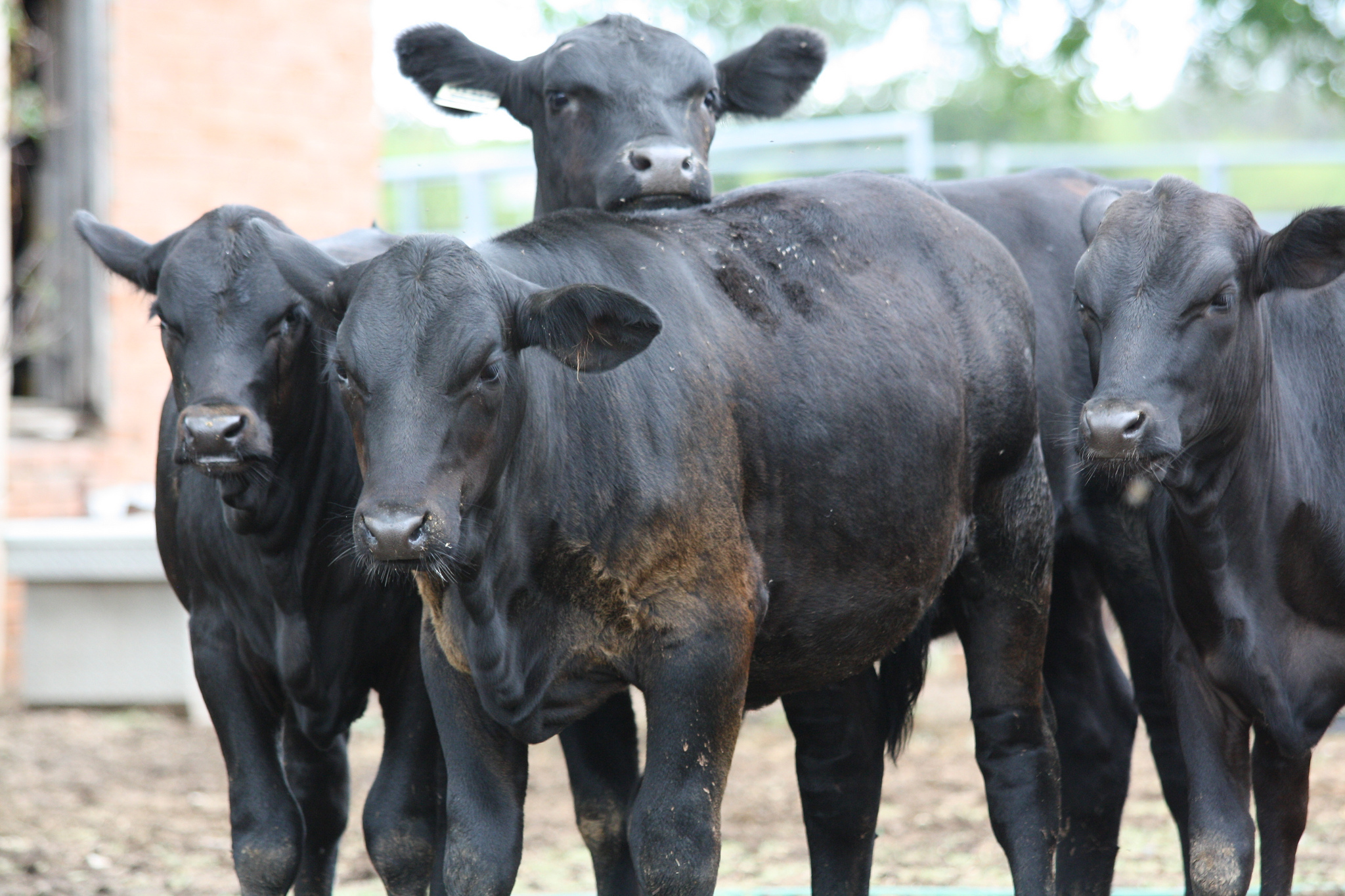


Alternative Methods for Qualifying for Ag Exemption in Texas Landowners should focus on using their property primarily for agricultural purposes and generating a minimum level of income in order to qualify for the program. It is important to note that while the number of cows is one factor in qualifying for ag exemption, it is not the only factor. You may also like: How do you write Terms and Conditions examples? Similarly, a property that generates a significant amount of income from crops may not require as many cows as a property that relies primarily on livestock. For example, a larger property may require more cows in order to demonstrate that the land is being used primarily for agricultural purposes. The number of cows required for ag exemption can be affected by a number of factors, such as the size of the property, the types of crops being grown, and the amount of income generated by the agricultural activities. Factors Affecting the Number of Cows Required However, raising at least 10 cows is often seen as a benchmark for demonstrating that the land is being used primarily for agricultural purposes. In general, there is no set number of cows required, as the program focuses more on the overall use of the land for agricultural purposes rather than any specific number of animals or crops. The number of cows required for ag exemption in Texas can vary depending on a number of factors. How Many Cows Are Needed for Ag Exemption in Texas However, many landowners are unclear about how many cows are required for ag exemption in Texas. In particular, raising cattle is a common way for landowners to meet the requirement that their property be in use for agricultural purposes. Livestock are an important part of many farming and ranching operations, and as such, they play a key role in qualifying for ag exemption. Finally, the property must generate at least $1,000 in gross annual agricultural income. Additionally, the land must have been in use for agricultural purposes for at least five of the previous seven years. This means that at least 50% of the property must be dedicated to activities such as farming, ranching, or timber production.

In order to qualify for ag exemption in Texas, the land must be used primarily for agricultural purposes.

You may also like: Can Cows Eat Amaranth? Qualifying for Ag Exemption in Texas So, it’s essential to check with your county appraisal district to determine what specific criteria they require for the agricultural tax exemption. It’s essential to note that these rules and requirements may vary depending on which county in Texas you live in.


 0 kommentar(er)
0 kommentar(er)
